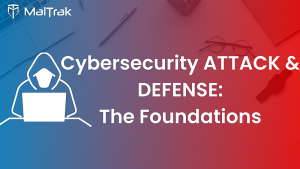
SEC550 explores the art and science of cyber deception as a proactive strategy for detecting, disrupting, and defending against adversaries. Participants will learn to design and implement deception technologies, such as honeypots, honey tokens, and decoy systems, to mislead attackers and gather actionable intelligence. The course covers strategies for embedding deception across networks, cloud environments, and applications, enabling organizations to detect threats early and minimize the impact of attacks. Through hands-on labs and real-world scenarios, SEC550 equips security professionals with innovative tools and techniques to outmaneuver attackers and strengthen their overall security posture.









